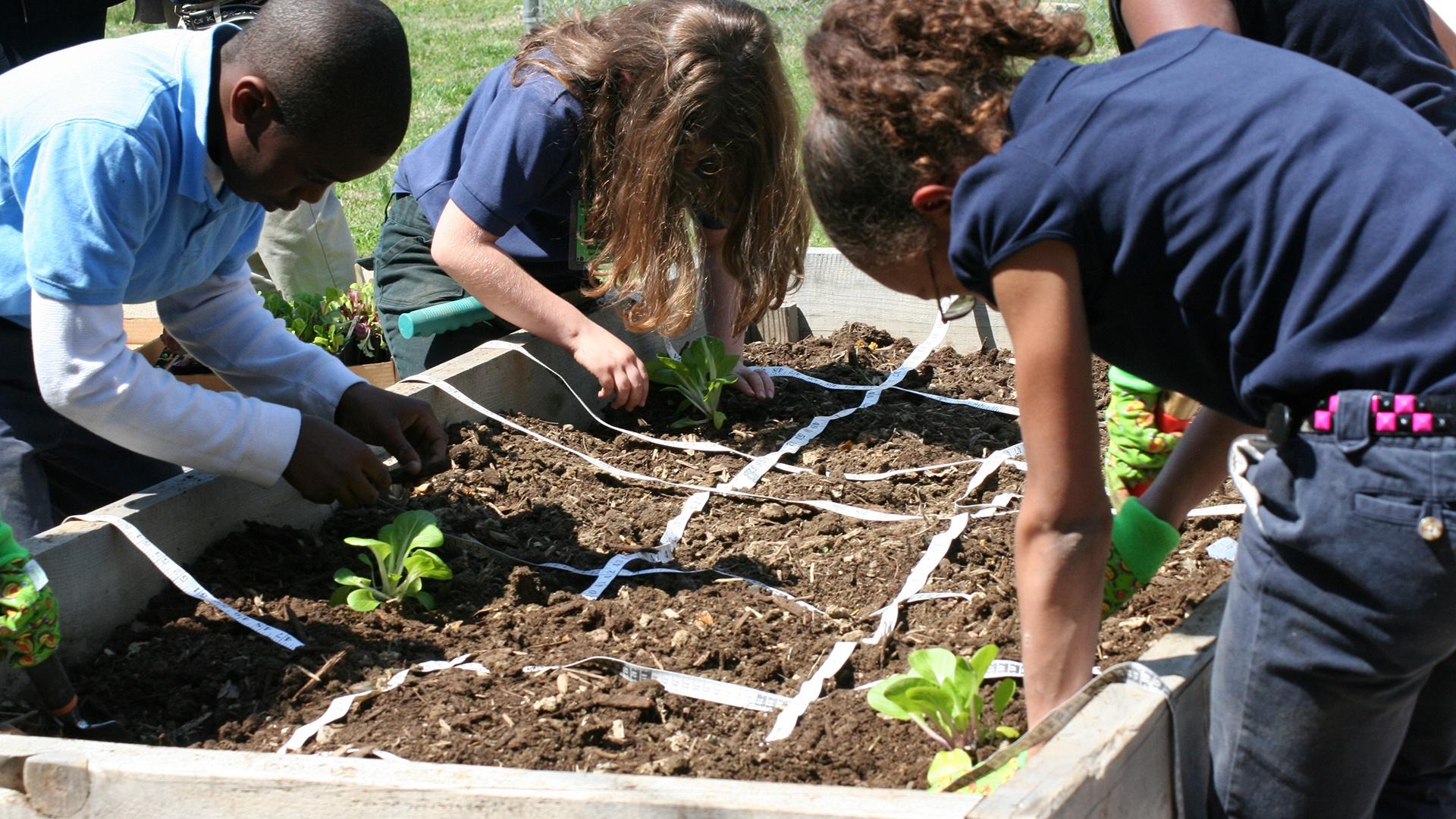
Introduction: Sowing Seeds of Change in Concrete Jungles
The relentless march of urbanization has brought about remarkable advancements, but it has also distanced us from the fundamental source of sustenance: agriculture. As cities expand, the concrete jungle encroaches upon fertile lands, disrupting ecosystems and severing the vital connection between people and their food. However, a quiet revolution is taking root – literally. Sustainable urban farming initiatives are sprouting up across the globe, transforming rooftops, vacant lots, and even shipping containers into vibrant oases of food production. These initiatives represent a powerful paradigm shift, offering a pathway towards more resilient, equitable, and environmentally conscious urban environments.
Urban farming, at its core, is the practice of cultivating, processing, and distributing food in or around urban areas. It encompasses a diverse range of methods, from small-scale community gardens to sophisticated vertical farms. What sets sustainable urban farming apart is its commitment to ecological principles, social justice, and economic viability. It’s not just about growing food; it’s about fostering healthy ecosystems, empowering communities, and creating sustainable livelihoods.</p
The Multifaceted Benefits of Sustainable Urban Farming
The burgeoning interest in sustainable urban farming stems from its impressive array of benefits, which extend far beyond simply providing fresh produce. Let’s delve into the key advantages:
Enhanced Food Security and Access
One of the most compelling arguments for urban farming is its potential to enhance food security, particularly in underserved communities. By growing food closer to where people live, urban farms can reduce transportation costs, minimize spoilage, and ensure a more reliable supply of fresh, nutritious produce. This is especially crucial in food deserts, where access to affordable and healthy food is limited. Urban farms can empower residents to take control of their food sources, fostering a sense of self-reliance and community resilience.
Moreover, urban farms can play a vital role in addressing the growing global food security challenges posed by climate change and population growth. By diversifying food production systems and reducing reliance on long-distance transportation, urban farming can help to buffer against disruptions in the global food supply chain.
Environmental Stewardship and Ecosystem Services
Sustainable urban farming practices contribute significantly to environmental stewardship. Urban farms can help to reduce the urban heat island effect by providing shade and increasing evapotranspiration. They can also improve air quality by absorbing pollutants and releasing oxygen. Furthermore, urban farms can enhance biodiversity by providing habitat for pollinators, birds, and other wildlife. By incorporating composting and other waste reduction strategies, urban farms can also help to divert organic waste from landfills, reducing greenhouse gas emissions.
Beyond these direct environmental benefits, urban farms can also provide valuable ecosystem services, such as stormwater management and soil remediation. Green roofs and vertical farms can help to absorb rainwater, reducing runoff and mitigating the risk of flooding. Urban farms can also be used to rehabilitate contaminated soils, using phytoremediation techniques to remove pollutants and restore soil health.
Community Engagement and Social Cohesion
Urban farms serve as vibrant hubs for community engagement and social cohesion. They provide opportunities for residents to connect with nature, learn new skills, and build relationships with their neighbors. Community gardens, in particular, can foster a sense of shared ownership and responsibility, empowering residents to work together towards a common goal. Urban farms can also provide educational opportunities for children and adults, teaching them about sustainable agriculture, nutrition, and environmental stewardship.
Moreover, urban farms can play a vital role in promoting social equity and inclusion. They can provide employment and training opportunities for marginalized communities, empowering them to participate in the local food economy. Urban farms can also serve as safe and welcoming spaces for people of all backgrounds to come together, fostering a sense of belonging and community pride.
Economic Development and Job Creation
While often perceived as a primarily social or environmental endeavor, sustainable urban farming also holds significant economic potential. Urban farms can create jobs in various sectors, including agriculture, processing, distribution, and retail. They can also support local businesses by providing them with fresh, locally sourced produce. Furthermore, urban farms can increase property values and attract investment to underserved neighborhoods.
The economic benefits of urban farming extend beyond direct job creation and business opportunities. Urban farms can also help to reduce food costs for low-income families, improving their access to healthy food and freeing up resources for other essential needs. By promoting local food production, urban farms can also help to strengthen the local economy and reduce reliance on external food sources.
A Global Tapestry of Sustainable Urban Farming Initiatives
The landscape of sustainable urban farming is incredibly diverse, with initiatives taking shape in cities across the globe, each adapted to its unique context and challenges. Let’s explore some inspiring examples:
Vertical Farms: Reaching for the Sky
Vertical farms represent a cutting-edge approach to urban agriculture, maximizing food production in limited spaces. These indoor farms utilize stacked layers of growing beds, often incorporating hydroponic or aeroponic systems. Vertical farms offer precise control over environmental factors such as temperature, humidity, and lighting, allowing for year-round production and minimizing the need for pesticides and herbicides.
One notable example is AeroFarms in Newark, New Jersey, which operates one of the world’s largest vertical farms. AeroFarms uses aeroponics to grow leafy greens without soil, water, or sunlight. The company’s innovative technology allows it to produce up to 390 times more food per square foot compared to traditional agriculture, while using 95% less water and no pesticides.
Rooftop Gardens: Green Havens Above the City
Rooftop gardens transform underutilized rooftops into productive green spaces. These gardens can provide fresh produce for residents, reduce the urban heat island effect, and improve stormwater management. Rooftop gardens can range from small-scale community gardens to large-scale commercial operations.
In Montreal, Canada, Lufa Farms operates several commercial rooftop greenhouses. Lufa Farms grows a variety of vegetables and herbs year-round, supplying local residents and restaurants with fresh, sustainably grown produce. The company’s rooftop greenhouses also help to reduce the building’s energy consumption and improve its insulation.
Community Gardens: Cultivating Collaboration and Connection
Community gardens are shared plots of land where residents can grow their own food, flowers, or herbs. These gardens foster community engagement, promote healthy eating, and provide opportunities for learning and recreation. Community gardens can be found in parks, vacant lots, schools, and even on rooftops.
The Guerrilla Gardeners in Los Angeles, California, exemplify the power of community-led urban farming. This group of activists transforms neglected public spaces into vibrant gardens, planting flowers, vegetables, and fruit trees without permission. The Guerrilla Gardeners’ efforts have not only beautified the city but have also inspired other communities to take action and reclaim public spaces for food production.
Aquaponics: A Symbiotic Ecosystem
Aquaponics combines aquaculture (raising fish) and hydroponics (growing plants without soil) in a closed-loop system. Fish waste provides nutrients for the plants, while the plants filter the water for the fish. This symbiotic relationship creates a sustainable and efficient food production system.
Sweet Water Foundation in Milwaukee, Wisconsin, uses aquaponics to grow food and provide educational opportunities for the community. The foundation’s aquaponics system produces a variety of vegetables and fish, which are sold at local markets and used in community meals. Sweet Water Foundation also offers workshops and training programs on aquaponics, empowering residents to start their own urban farms.
Mobile Farms: Bringing Food to the People
Mobile farms utilize trucks, trailers, or shipping containers to bring food production directly to communities. These farms can be easily moved to different locations, providing fresh produce to areas with limited access to healthy food. Mobile farms can also serve as educational tools, raising awareness about sustainable agriculture and healthy eating.
Freight Farms in Boston, Massachusetts, builds hydroponic farms inside repurposed shipping containers. These farms are equipped with climate control systems, LED lighting, and nutrient delivery systems, allowing for year-round production of leafy greens and herbs. Freight Farms’ mobile farms can be deployed in urban areas, schools, and even disaster relief zones, providing a reliable source of fresh, local produce.
Overcoming Challenges and Fostering Growth
Despite its immense potential, sustainable urban farming faces several challenges that must be addressed to ensure its long-term success. These challenges include:
Land Access and Zoning Regulations
Access to suitable land is a major obstacle for urban farmers. Many cities have limited vacant land, and the land that is available may be contaminated or subject to restrictive zoning regulations. To overcome this challenge, cities need to develop policies that support urban farming, such as streamlining zoning regulations, providing access to public land, and offering incentives for private landowners to lease their land to urban farmers.
Funding and Investment
Sustainable urban farming initiatives often struggle to secure adequate funding and investment. Many urban farms rely on grants, donations, and volunteer labor. To foster growth, urban farms need access to a wider range of funding sources, including loans, equity investments, and government subsidies. Cities can also play a role by providing financial assistance and technical support to urban farmers.
Education and Training
Successful urban farming requires a diverse set of skills, including horticultural knowledge, business management skills, and community organizing abilities. Many aspiring urban farmers lack the necessary training and experience. To address this gap, cities need to invest in education and training programs that provide urban farmers with the skills they need to succeed. These programs should cover topics such as sustainable agriculture practices, business planning, marketing, and community engagement.
Community Engagement and Support
Sustainable urban farming initiatives thrive when they have strong community support. It’s important to engage residents in the planning and implementation of urban farms, ensuring that they meet the needs and priorities of the community. Cities can foster community engagement by creating opportunities for residents to participate in urban farming activities, such as volunteering, gardening, and attending workshops.
The Future of Sustainable Urban Farming: A Vision of Thriving Cities
Sustainable urban farming is not just a trend; it’s a vital component of a more sustainable and resilient future. As cities continue to grow, urban farming will play an increasingly important role in providing food security, promoting environmental stewardship, fostering community engagement, and driving economic development. By embracing sustainable urban farming initiatives, we can transform our cities into thriving ecosystems that nourish both people and the planet.
The future of sustainable urban farming is bright. With continued innovation, policy support, and community engagement, we can unlock the full potential of urban agriculture and create cities that are more equitable, resilient, and sustainable for generations to come. Imagine a future where every neighborhood has access to fresh, locally grown produce, where urban farms are vibrant hubs of community activity, and where cities are leading the way towards a more sustainable food system. This vision is within our reach, and sustainable urban farming is paving the way.
Conclusion: Cultivating a Greener Tomorrow, Today
Sustainable urban farming initiatives are more than just a fleeting trend; they represent a fundamental shift in how we think about food, cities, and our relationship with the environment. By embracing these innovative approaches, we can cultivate a greener tomorrow, one rooftop garden, vertical farm, and community garden at a time. The journey towards sustainable urban environments is a collective endeavor, requiring the participation of individuals, communities, and governments alike. Let us sow the seeds of change today, and reap the bountiful harvest of a more sustainable and equitable future for all.


